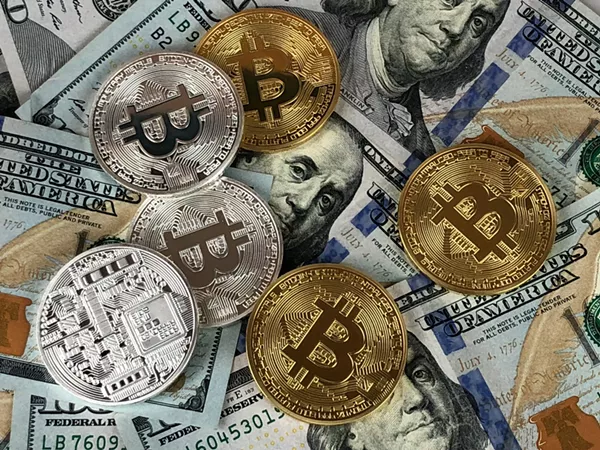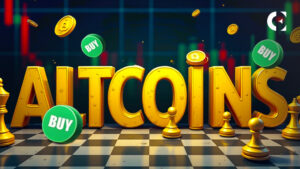How NFTs and Blockchain Revolutionize Creative Industries for Artists

The Impact of NFTs and Blockchain on the Future of Creative Industries
The Evolution of Art Collection in the Digital Era
Art has long been a cherished pursuit for many, with collectors often driven by the excitement of discovering unique pieces. This passion has led individuals to invest significant sums—ranging from hundreds to millions of dollars—on artworks from diverse artists across the globe.
- The Evolution of Art Collection in the Digital Era
- Understanding NFTs: A New Digital Asset
- What Exactly is an NFT?
- The Unique Characteristics of NFTs
- The Rise of NFT Creators
- Who is Behind the Creation of NFTs?
- The Motivation Behind Creating and Purchasing NFTs
- Why Engage with NFTs?
- Navigating Digital Rights in the NFT Space
- Managing Intellectual Property with NFTs
In today’s digital landscape, the emergence of digital art, particularly through NFTs and blockchain technology, is transforming the way art is collected. This shift is not limited to traditional artists but extends to creators of digital art, music, and animations. The accessibility of NFTs and blockchain platforms has opened up a new realm in the art world, allowing artists and collectors to engage in a decentralized marketplace that eliminates many of the traditional barriers to art acquisition. This transformation has democratized art ownership and generated new income opportunities for creators.
With the integration of cryptocurrency, the creation of digital art has become accessible to a global audience, particularly those using the Ethereum network. Although the value of Ethereum may fluctuate, its role in facilitating secure and transparent transactions has revolutionized the landscape for digital artists and NFT collectors.
Understanding NFTs: A New Digital Asset
What Exactly is an NFT?
A Non-Fungible Token (NFT) is a digital asset that signifies ownership or authenticity of a unique item, which can include art, music, videos, or other forms of digital content.
Unlike cryptocurrencies that are interchangeable, NFTs are unique and cannot be exchanged on a one-to-one basis. Each NFT possesses its own distinct value.
The Unique Characteristics of NFTs
Several features contribute to the uniqueness of NFTs.
First, they leverage blockchain technology. When created on platforms like Ethereum, blockchain guarantees that ownership, transfer, and provenance of the NFT are secure and verifiable. This technology maintains a transparent transaction history, making it resistant to alterations.
Second, each NFT is assigned a unique identifier and specific metadata, setting it apart from others. While cryptocurrencies can be divided into smaller units, NFTs remain whole and indivisible.
Lastly, purchasing an NFT grants you ownership rights to the associated content or item. Blockchain verification allows for resale or transfer, but it’s important to note that this does not equate to owning the intellectual property of the item—only the token that represents it.
The Rise of NFT Creators
Who is Behind the Creation of NFTs?
The popularity of NFTs surged in 2017 with their introduction on the Ethereum blockchain. Prior to this, trading and transferring ownership of NFTs was a complex process. However, their usage has steadily increased, making them a sought-after commodity in the digital realm.
As a result, many may have encountered NFTs in various forms. Musicians have incorporated NFTs into their music releases, while digital artists have embraced them as well.
NFTs have also made their way into collectible markets, including trading cards, virtual pets, and gaming. Certain games utilize NFTs to create virtual items, characters, or skins that enhance gameplay. Additionally, virtual real estate platforms have emerged, allowing users to buy and sell digital land.
The Motivation Behind Creating and Purchasing NFTs
Why Engage with NFTs?
Creators have numerous motivations for developing NFTs, especially as they seek to engage with the digital economy on the blockchain.
These motivations include:
-
Ownership and Control: By minting an NFT, creators gain direct control over their work, thanks to blockchain technology that provides proof of ownership and authenticity. They can dictate the terms of sale, transfer, and resale for their NFTs.
-
New Revenue Opportunities: NFTs enable creators to monetize digital assets, allowing them to sell art, music, videos, and other digital content as unique items. NFT platforms also allow for the integration of royalties into smart contracts, ensuring that creators earn a percentage from future resales.
-
Global Reach: NFTs provide artists with the chance to sell their work at prices they determine, eliminating the need for local marketplaces or intermediaries. This can attract collectors and fans who are passionate about the blockchain art market.
-
Community Building: NFT creators often find a sense of belonging among like-minded individuals. They can foster closer relationships with buyers and collaborate with other artists and creators.
-
User-Friendly Creation: The process of creating NFTs is becoming increasingly accessible, enabling content creators to tokenize their work without needing extensive technical knowledge. Additionally, the absence of physical production means creators don’t have to worry about packaging, shipping, or relying on third-party sellers.
Navigating Digital Rights in the NFT Space
Managing Intellectual Property with NFTs
Blockchain technology empowers artists to manage their intellectual property autonomously. By providing transparent and automated tracking of usage and royalties, industries such as music, gaming, and publishing can leverage these capabilities to develop unique products for their audiences.
NFTs extend beyond mere artwork; they can also represent experiences, including event tickets, virtual real estate, and memberships to exclusive clubs. This allows individuals to feel a lasting connection to events and creates experiences that are permanently recorded on the blockchain.
By creating an NFT, artists can harness technology in innovative ways previously thought unattainable. This groundbreaking technology offers digital creators, artists, and businesses new avenues to monetize their content while simultaneously fostering community engagement.







